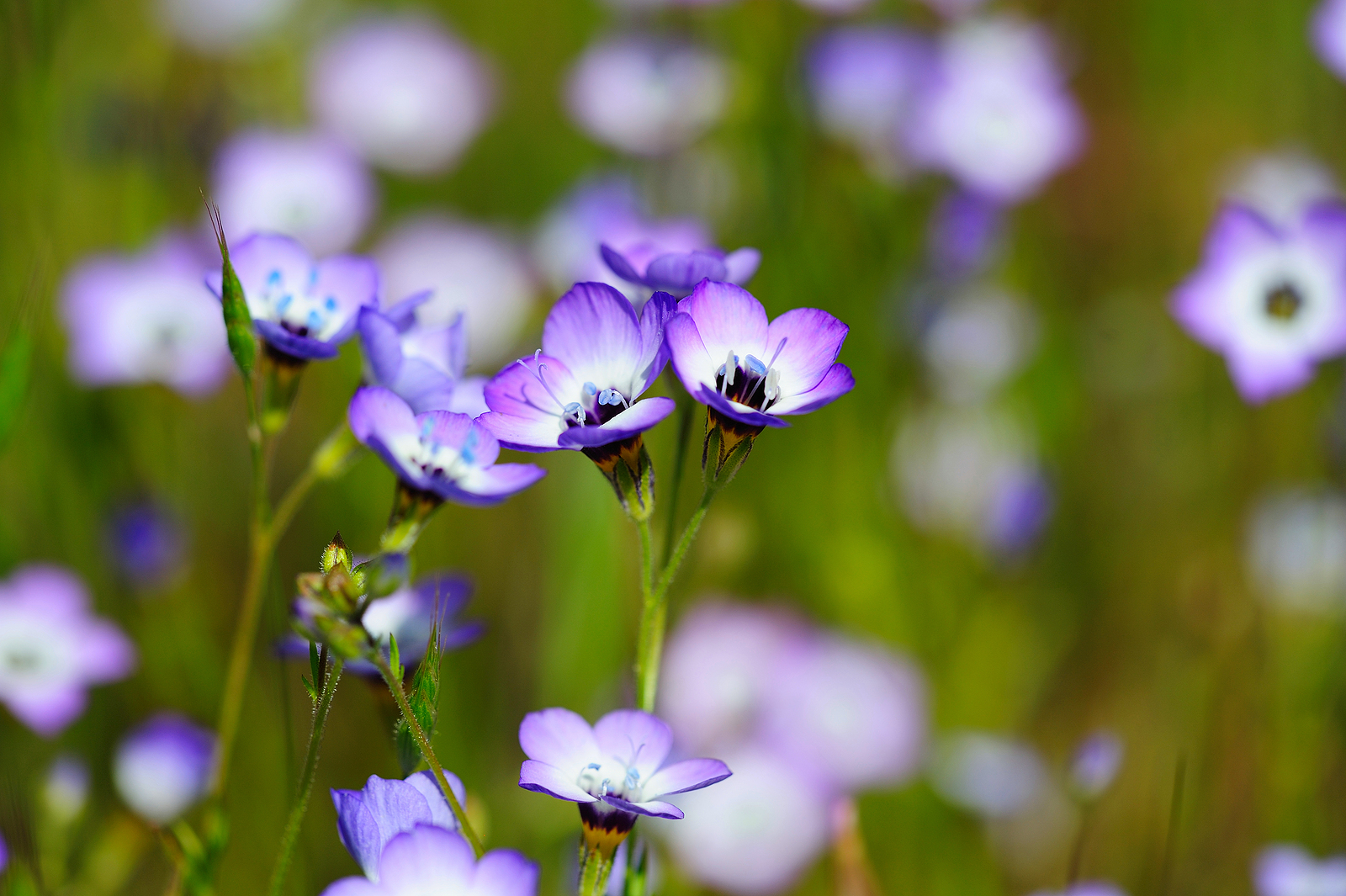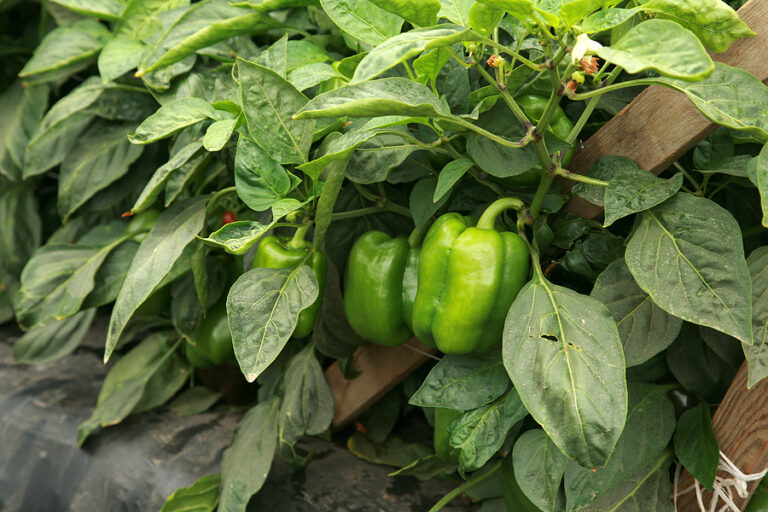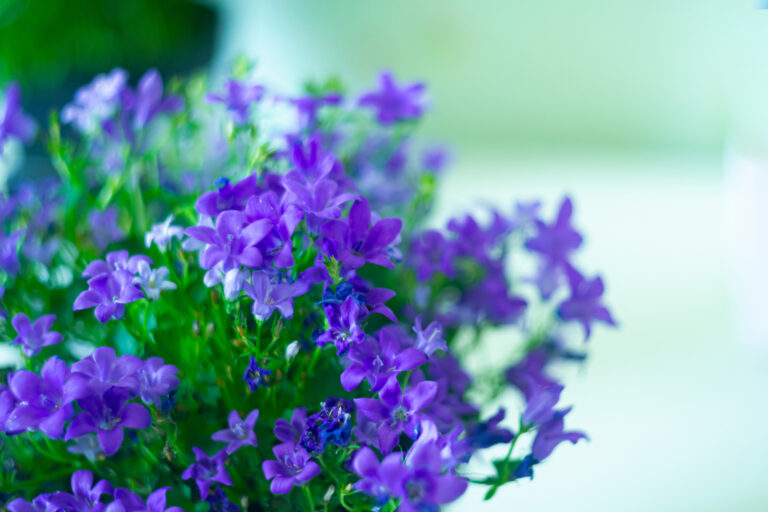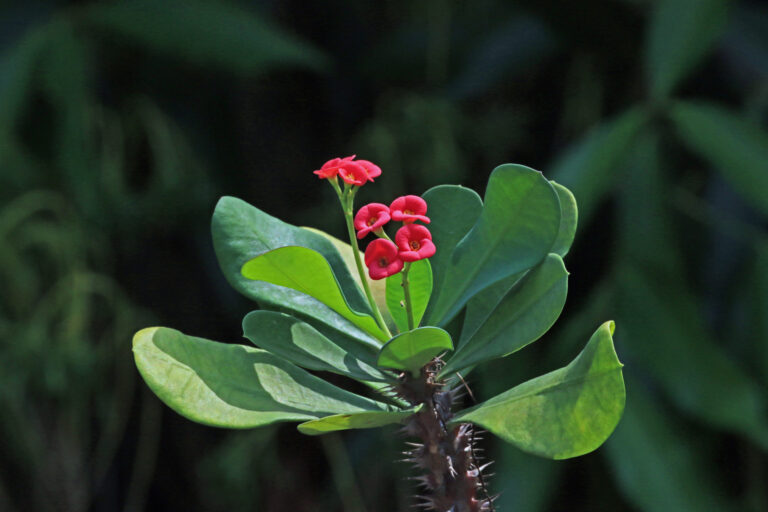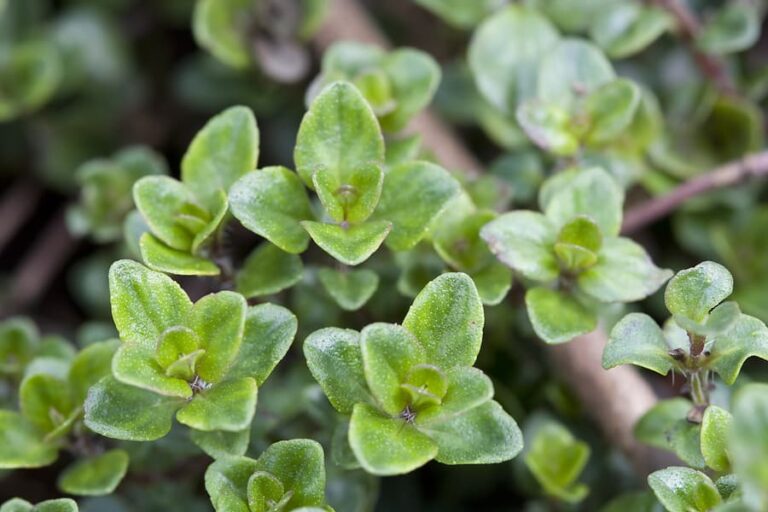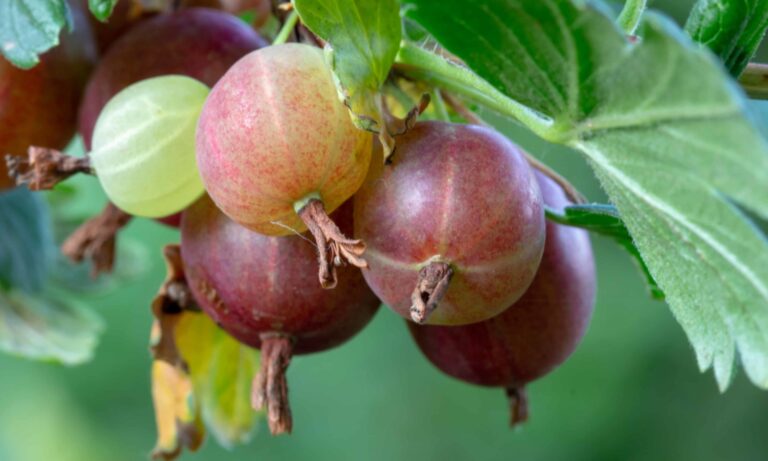How to Grow Gilia
Gilia is a genus of about 25 annuals, biennials, and perennials. Gilia is native to western North America. Flowers can be tube, funnel, or bell-shaped borne singly or in loose clusters. Blooms are borne in shades of orange, red, and yellow, as well as cream and pink.
Annual Gilia is most commonly planted in gardens. Plants grow 6 to 24 inches (15-61cm) tall depending on the variety. Flowers are commonly borne on slender stems above feather foliage.
Gilia blooms from mid-summer to early autumn. Gilia is a good choice for a mixed flower border. The flowers are good for cutting.
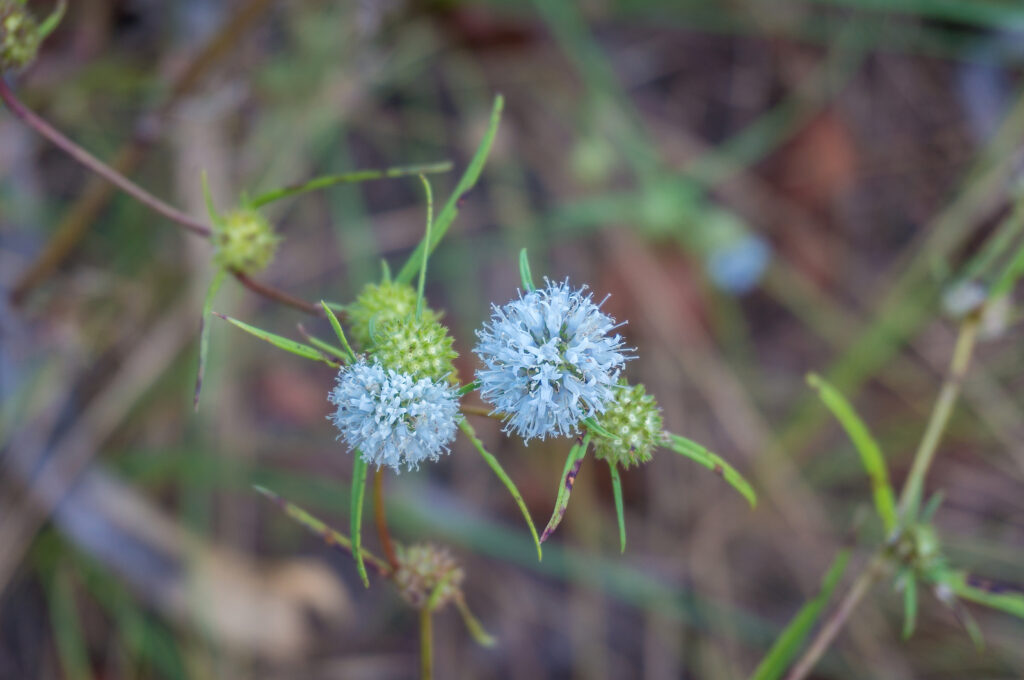
Get to know Gilia
- Plant type: Annuals, biennials, and perennials; annuals are most commonly grown
- Growing zones and range: Zones 3 to 9 as an annual
- Hardiness: Annuals are killed by frost
- Height and width: 6 to 24 inches (15-61cm) tall and wide depending on the variety.
- Flowers: Single or small clusters of tube, funnel, or bell-shaped blossoms in shades of orange, red, and yellow, as well as cream and pink.
- Bloom time: Mid-summer to early autumn
- Uses: Mixed border, cutting flower
- Common name: Gilia
- Botanical name: Gilia
- Family name: Polemoniaeae
- Origin: Western North America
Where to plant Gilia
- Plant Gilia in full sun.
- Grow Gilia in humus-rich, well-drained soil. Grow Gilia in raised beds where there is clay soil.
- Gilia prefers a soil pH of 6.1 to 6.5.
When to plant Gilia
- Set Gilia outdoors after all danger of frost has passed in spring.
- Sow seeds indoors 4 weeks before the last spring frost for setting out in the garden in mid-spring.
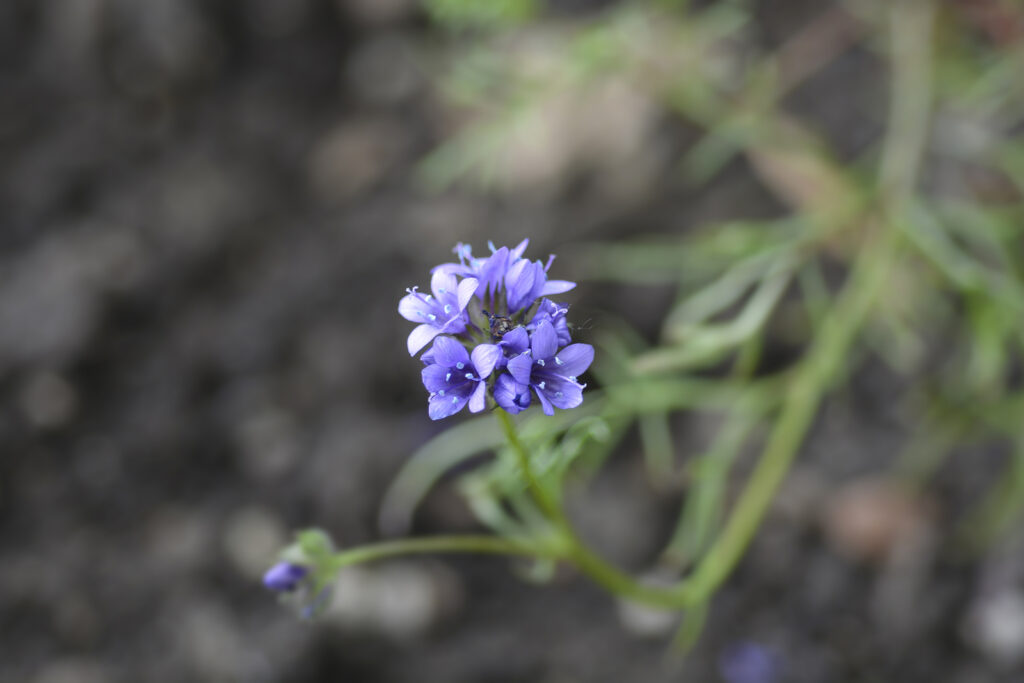
Planting and spacing Gilia
- Sow seed 1/8 to ¼ inch deep in evenly prepared soil. Plants can be started indoors in a sterile seed-starting mix.
- Space Gilia 6 to 24 inches (15-61cm) apart depending on the variety.
How to water and feed Gilia
- Keep the soil evenly moist.
- Fertilize Gilia lightly with an all-purpose fertilizer at planting time.
Gilia care
- Gilia’s slender stems may need staking.
- Deadhead Gilia frequently to prolong flowering.
Gilia pests and diseases
- Gilia is susceptible to powdery mildew.
Gilia propagation
- Divide Gilia in autumn or early spring.
- Sow seed in a cold frame in winter.
Gilia varieties to grow
- Gilia capitata: Anne’s thimbles, globe Gilia: Tiny lavender-blue tubular flowers carried in dense rounded thimble-like heads about 1½ inch across; the plant grows to 8 inches (24cm) tall.
- G. tricolor, bird’s eyes: Small clusters of ¼ inch wide bell-shaped flowers; flowers are blue or violent with a darker ring at the center; the plant grows to 10 inches (25cm) tall.

